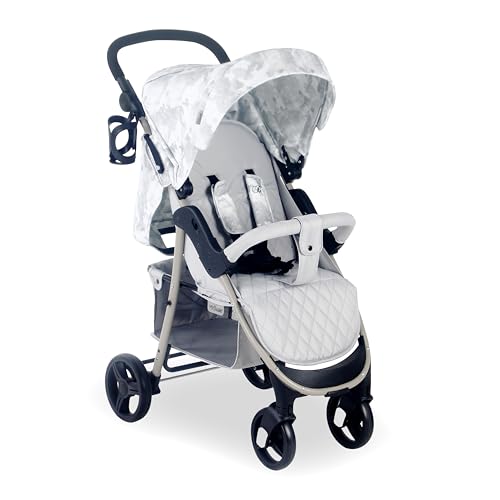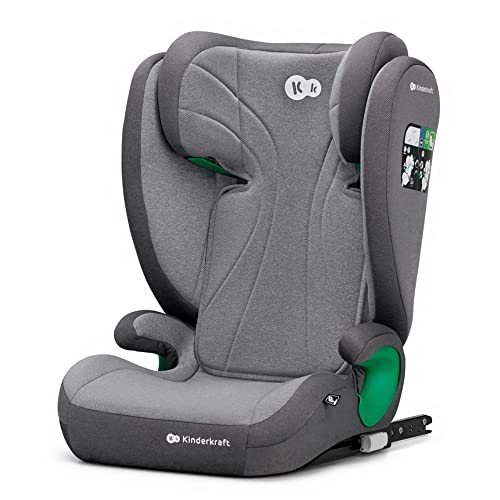Selecting the best stroller or pushchair is one of the most important decisions brand-new moms and dads will make. With a range of choices offered, comprehending the distinctions and functions can significantly affect the experience of both moms and dads and children. This thorough guide intends to brighten the distinctions in between both, the elements to think about when purchasing, and answers to frequently asked questions.
Strollers and pushchairs are typically used interchangeably, but subtle distinctions set them apart. A stroller is typically created for babies and young children, using a more flexible approach with included functions for comfort and security. On the other hand, pushchairs are usually focused on older babies who can stay up unaided and tend to be more lightweight and portable.
| Function | Stroller | Pushchair |
|---|---|---|
| Age Range | Newborn to young child | Usually for 6 months to 3 years |
| Weight | Generally much heavier due to extra functions | Lighter and often much easier to bring |
| Recline Position | Can normally recline totally for infants | Minimal recline; frequently upright |
| Storage Space | More storage compartments and accessories offered | Minimal storage, typically just a small basket |
| Convenience | Developed with more padding and assistance | Less cushioning, lighter frame for ease of usage |
| Foldability | Might have complex folding mechanisms | Frequently designed to fold quickly and compactly |
When selecting between a stroller or pushchair, several elements can form your choice. Here are some necessary factors to consider:
Strollers and pushchairs been available in numerous styles, each catering to particular requirements. Here's a summary:
| Type of Stroller | Pros | Cons |
|---|---|---|
| Basic | Strong, comfortable | Much heavier and bulkier |
| Light-weight | Easy to carry | Minimal features |
| Jogging | Great for exercise and outdoor use | May not appropriate for infants |
| Convertible | Versatile for growing households | Bulkier than basic strollers |
| Travel System | Benefit of combined requirements | Can be costly |
| Umbrella | Extremely portable | Less resilient |
The majority of strollers are suitable for usage from birth if they completely recline. Guarantee to inspect manufacturer standards, as some might just accommodate babies over 6 months.
Many strollers have removable and washable materials. Use moderate soap and water for the frame and examine the fabric labels for specific cleaning instructions.
Yes, certain types, like jogging strollers or all-terrain strollers, are specifically developed for irregular surfaces. Nevertheless, some light-weight models are not ideal for rough terrain.
Quality strollers can last several years, often up until the kid is around 4 to 5 years of ages, depending on use and care.

While some strollers use flat recline positions that appropriate for baby sleep, it's vital to follow safety guidelines and keep an eye on the kid while in the stroller.
Selecting the best stroller or pushchair is a choice that extends beyond simple option; it enhances the parenting experience and guarantees the safety and convenience of the kid. By understanding the differences, evaluating different factors, and checking out the types offered, parents can make an informed choice that accommodates their way of life and meets the needs of their growing household. Keep in mind to constantly prioritize safety and comfort above everything!

No Data Found!

